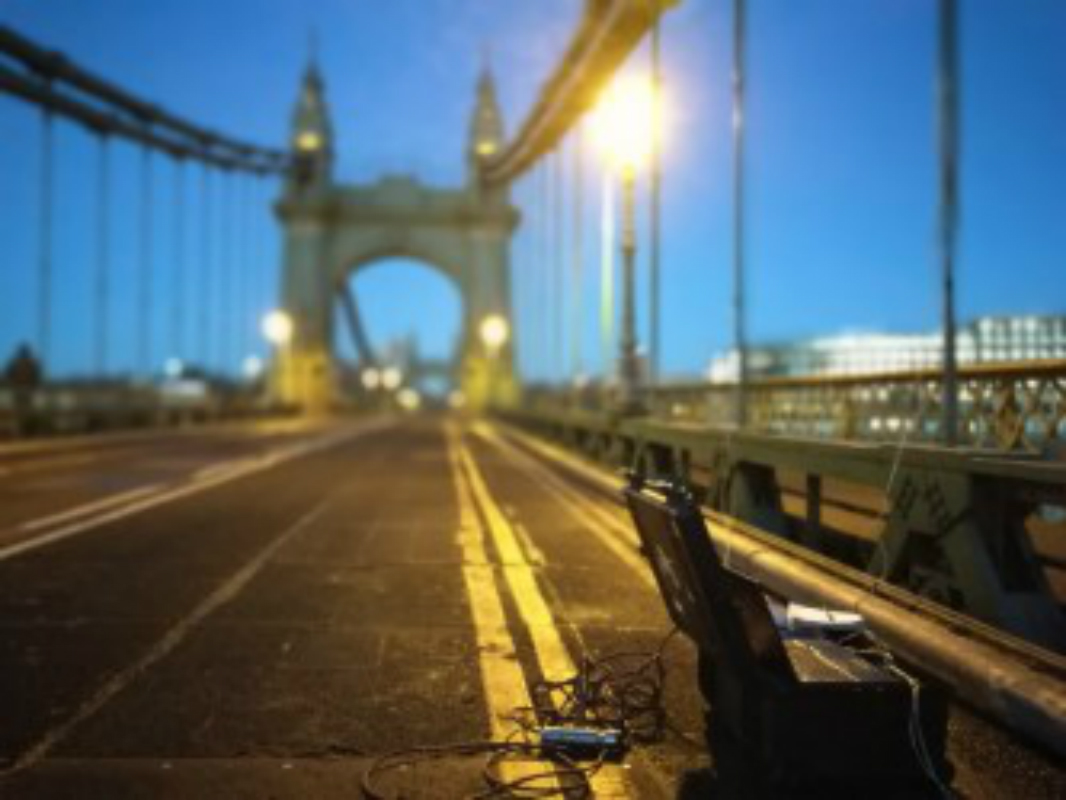Building, Structures & Planning Specialisms
Bridges
Bridges can be designed to support vast amounts of weight but the vibrations associated with them must be controlled. Although bridges appear to be solid structures which are fixed in place, they are exposed to the effects of vibration.
Most people have either jumped or experienced someone else jumping, on a footbridge to make it bounce up and down. If the force is applied to the bridge is at a frequency which matches the bridge’s natural frequency, the vibration within the bridge will be amplified in a phenomenon called mechanical resonance. In situations where the mechanical resonance is strong enough, the resulting vibrations can cause a bridge to collapse from the movement.
Typically, the longer the span, the lower the resonance frequency of the bridge. Lower frequencies are also associated with large displacement amplitude vibrations. Some famous cases prove the importance of understanding the resonant frequency of the bridge, knowing what could excite the frequency and how it can be managed. The worst of these is the Tacoma Narrows Bridge, at the time the third biggest suspension bridge in the world, which collapsed when wind induced vortex shedding coincided with the bridge’s own natural frequency. Without sufficient damping, the resonances grew until the bridge failed. The Millennium Bridge across the River Thames in London provides another example. The thousands of people walking across the bridge on its opening day caused the bridge to vibrate, following which the pedestrians then inadvertently fell into step with these vibrations, amplifying them and causing oscillations resulting in the bridge to sway from side to side.

Vibration can have clear impacts both structurally and in terms of human comfort. When designing bridges and long spans it is important to understand the vibration and if necessary mitigate the effects with devices such as Tuned Mass Dampers. In the case of the Millennium Bridge the structure was closed for a year to allow energy dissipating dampers to be installed which would mitigate the vibrations caused by pedestrians.
Vibration can also be used to assess the performance and condition of a bridge. Changes in vibration frequency can inform when the condition of cables, hangers and decks have detreated or changed.
Xi engineers can help you to design a measurement campaign and identify potential risks. Our team can then help you to identify and design the best technical and commercial solution.
Talk to us about your project
Fill out the form and one of the team will get back to you.

